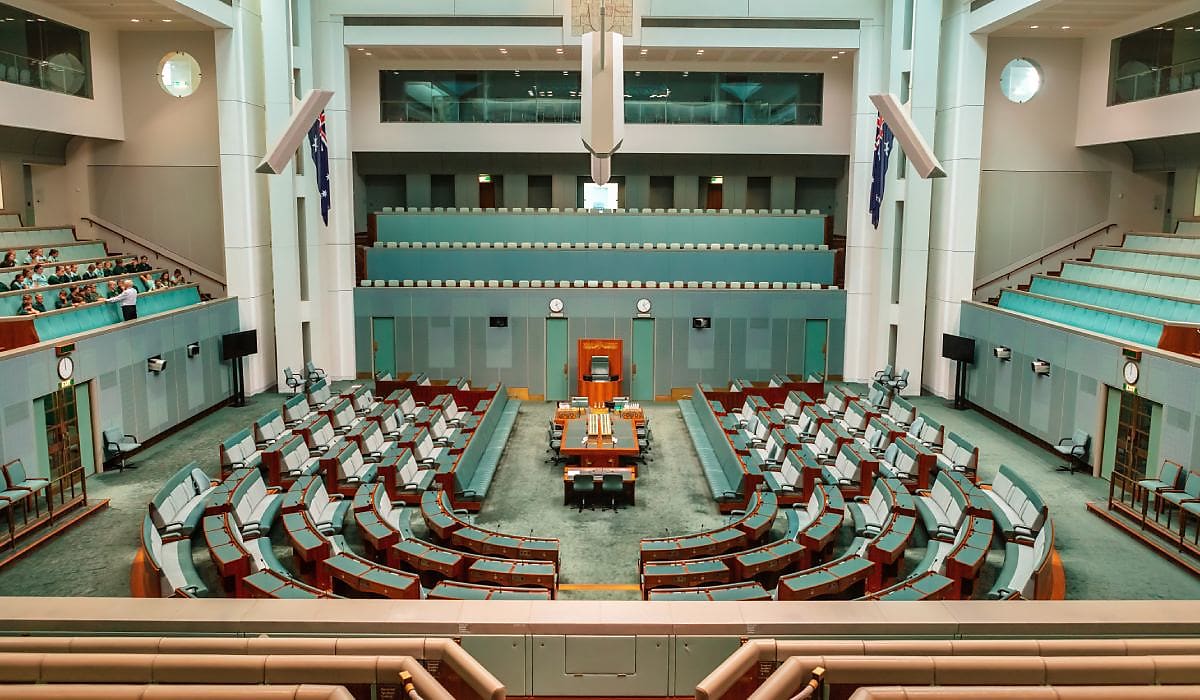Who caused the Australian housing crisis? The government and the NIMBYs
It’s now almost universally recognised that Australia has a housing supply crisis.

We simply aren’t creating enough homes to meet demand in the locations where people want to live, resulting in skyrocketing rents, rising house prices, and diminishing affordability.
How did we get here?
While some politicians and commentators try to blame population increase from migration for the imbalance of housing demand and supply, the reality is that Australia’s housing woes are a direct result of decades of poorly considered housing policies on both sides of the political spectrum.
A lack of willingness by successive governments to grapple with the “hard” task of streamlining housing supply has inevitably led to the fundamental undersupply of homes we currently have in many parts of the country.
While it is commendable that the federal and state/territory governments have now set a target of creating 1.2 million new homes over the next five years, actually achieving this target will require reforms at all levels of government, not to mention a level of political will that we’ve not seen before to reverse past bad policy decisions and create significant cultural change within both local governments and communities.
Overcoming the bureaucracy bottleneck
Bureaucracy is a notorious bottleneck in the construction process, significantly slowing down development approvals. The approval process is a labyrinth of regulations and paperwork, adding significant time and expense to new housing projects and strangling supply.
Streamlining regulations and removing unnecessary hurdles would be an effective way to expedite the construction of new homes but requires significant reform of existing planning processes at all levels of state/territory and local government. This is no easy task!
Taxes can double the cost of a new home!
No product or business is taxed as heavily in Australia as new housing. Costs of red tape and taxes like stamp duties, land tax, GST, “windfall” taxes on rezoned land, infrastructure charges, developer contribution levies, state planning levies, building industry levies, council and local authority fees can represent up to 50 per cent of the total cost of a new home, according to research conducted by the Centre for International Economics for the Housing Industry Association in 2019.
This means that new housing in some parts of Australia is potentially DOUBLE the cost it would be, but for the level of taxes and red tape imposed on new development. If you really want a scapegoat for housing affordability, then point the finger at the government!
If the federal and state/territory governments are serious about addressing the housing crisis and improving housing affordability, then they need to not just remove bureaucratic impediments to speed up building approvals but also stop treating property developers and investors as an easy “cash cow” to prop up their poor economic management. Our politicians need to be designing housing policies that incentivise development of new homes and the provision of rental properties, rather than disincentivising or even penalising such investment.
The challenge of ‘NIMBYism’
Meanwhile, a significant obstacle also comes from residents adopting the “not in my backyard” (NIMBY) stance. NIMBYism describes residents who oppose new developments in their neighbourhoods, fearing potential impacts like increased traffic or decreased property values. While some of these concerns are understandable, blanket opposition to development stifles the creation of much-needed housing in locations where people most want to live.
At the end of the day, solving the housing crisis requires a change in culture. The needs of the many must take precedence over the subjective desires of the few. We’re beginning to see this in some parts of the country such as NSW where the state government is taking steps to override local councils and enable in-fill development in more areas. Examples include permitting dual-occupancy developments on sites as small as 450 square metres in R2 low density residential zones.
Where there’s a will, there’s a way
A long-term solution to the housing crisis requires the political will to address the harder supply-side issues rather than short-term bandaid solutions aimed at curbing demand (such as temporarily cutting migration) which fail to provide any long-term relief.
This will require genuine collaboration between government, industry stakeholders, and communities. Open communication, strategic planning, and a willingness to embrace innovative solutions are all crucial in tackling the housing crisis.
It won’t be easy, and the necessary changes may be painful for some. However, we need to pressure our politicians at all levels of government to put in the hard yards and make the tough decisions to ensure the “great Australian dream” remains within reach for future generations.
Simon Buckingham and Ian Grayson, Results Mentoring.
